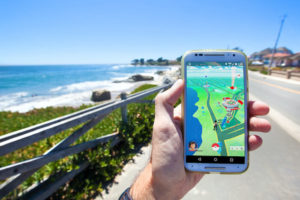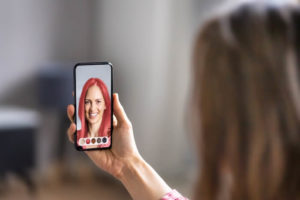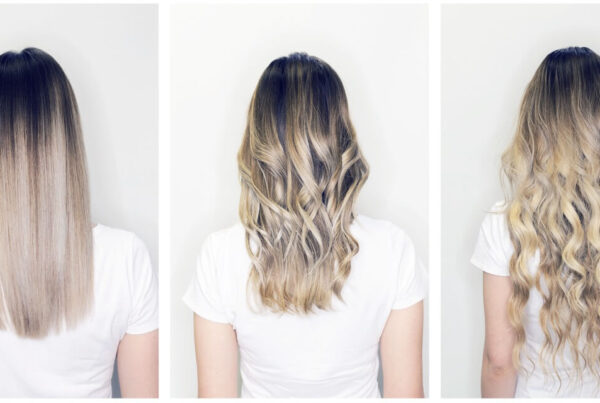There’s a lot of buzz about mobile augmented reality (AR) and how it will change the way we work, shop, learn, and connect. While not everyone is familiar with the term “augmented reality,” chances are they’ve used the technology in one manner or the other—”try this filter”, anyone?
AR was brought to mainstream attention with the release of Pokémon Go in 2016 and has since been used in a wide variety of applications, such as Google Street View, the Weather Channel’s studio effects, Gucci’s virtual sneakers, the U.S. Army’s AR program for helping soldiers distinguish friendly troops from enemies, and the IKEA Place app that allows users to virtually place furniture in their home before they buy.
Why Mobile Augmented Reality Makes Sense
According to a research study, over 61% of consumers would rather buy from a brand that offers augmented reality experiences than one that doesn’t. But what is augmented reality, really?
AR is technology that expands a person’s view of the real world with virtual information, such as data, graphics, or text. This blurs the line between what’s real and what’s computer-generated by enhancing (augmenting) things we see, hear, feel, and/or smell.
 Pokémon Go was the first popular AR application, and it was mobile-based. Mobile AR applications are highly accessible to anyone with a smartphone and easier to develop than desktop-based AR systems, so it’s no surprise that mobile augmented reality is coming into its own in the smartphone era.
Pokémon Go was the first popular AR application, and it was mobile-based. Mobile AR applications are highly accessible to anyone with a smartphone and easier to develop than desktop-based AR systems, so it’s no surprise that mobile augmented reality is coming into its own in the smartphone era.
AR-enabled apps can help you find your way in an unfamiliar location, explore an art museum, and even walk you through a recipe. Whether your customer wants to virtually try on makeup at home or is looking for 3D business models, mobile augmented reality apps can turn their smartphone into a portal to a whole new world of information.
AlgoFace VTO Makeup: Augmented Reality in Mobile Phones
AlgoFace’s virtual try-on (VTO) makeup technology allows users to see themselves wearing different makeup and hair products without having to try them on in real life. It shows them how they look with different makeup styles, hairstyles, and hair colors, and eyelash styles and lengths without stepping into an actual store or service establishment. The resulting experience mimics what happens at beauty counters where shoppers get to test out different products before making a purchase.
products without having to try them on in real life. It shows them how they look with different makeup styles, hairstyles, and hair colors, and eyelash styles and lengths without stepping into an actual store or service establishment. The resulting experience mimics what happens at beauty counters where shoppers get to test out different products before making a purchase.
AlgoFace’s VTO technology is unique because it doesn’t need a lot of data bandwidth to function, making augmented reality possible on mobile phones and tablets. In addition, AlgoFace VTO Makeup is:
- Inclusive: Recognizes various skin tones and textures and works with different types of accessories and apparel
- Accurate: Doesn’t add filters to unnaturally smooth the skin, allowing products to really shine
- Flexible: Can be deployed on e-commerce sites, smart mirrors, and other display formats
Explore a virtual try-on solution for your business today. Request a demo here.



